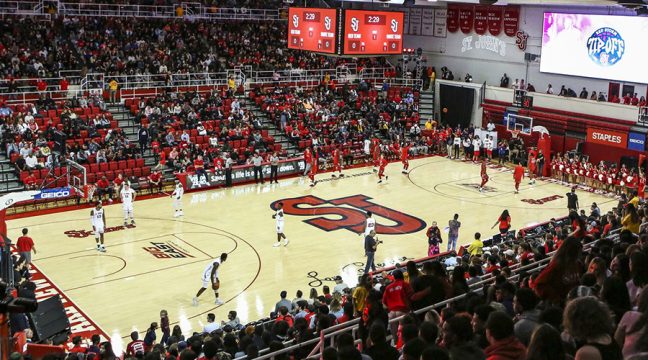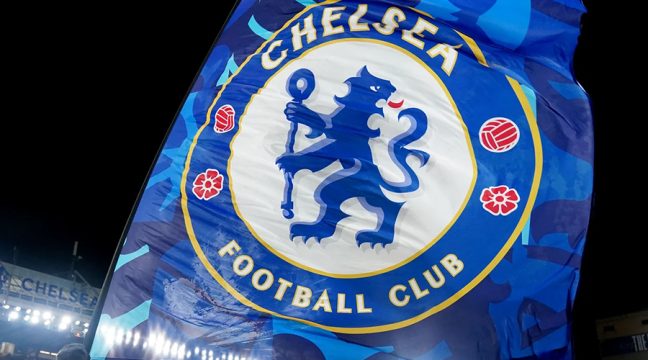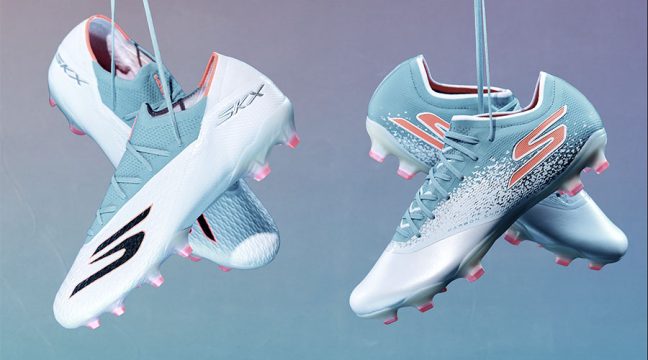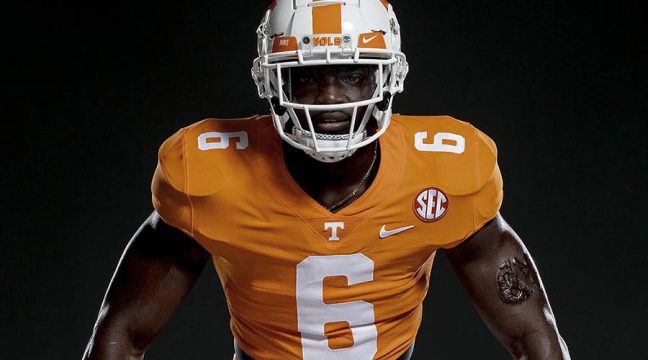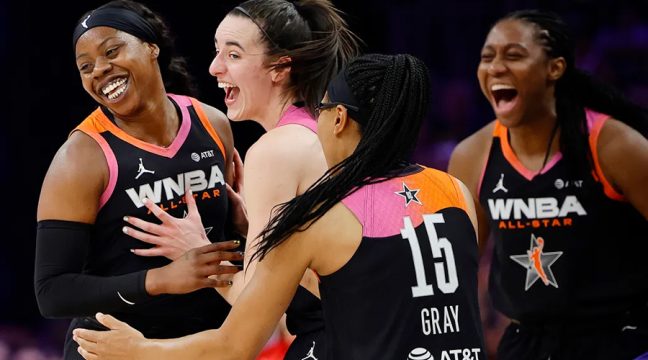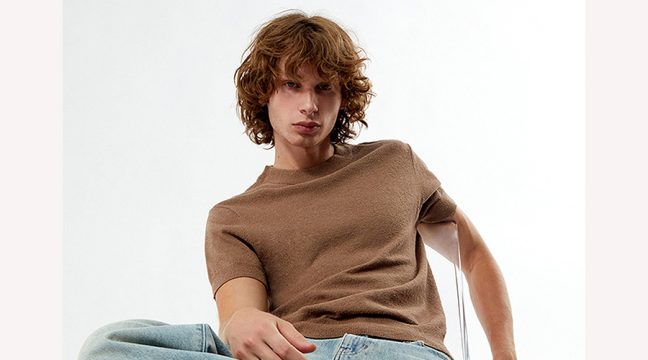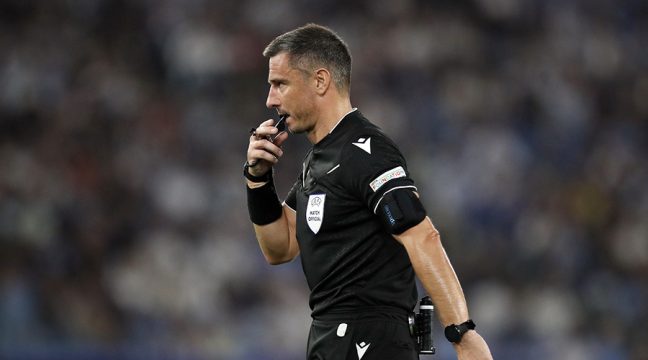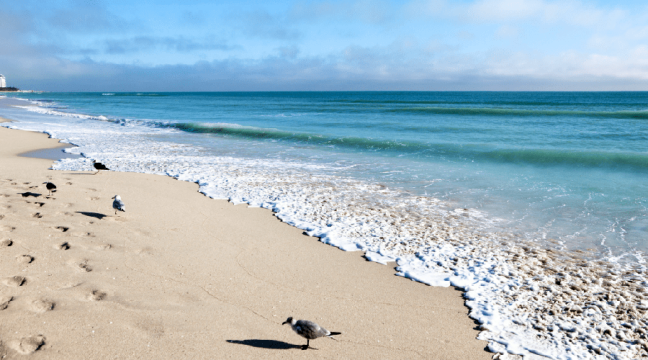Darren Bush, co-owner of Rutabaga in Madison, Wisc. recalls a time when most paddlesports companies were independent. “People started businesses in their garages, grew them and said, “now what do I do? There was certainly talent, but they werent big enough to warrant having a CFO, but big enough to know that they needed something.”
Confluence and Watermark have been consolidating paddelsports brands for the last seven years, but Confluence Holdings May acquisition of Watermark Paddlesports may create a very interesting dilemma for the paddlesports retailer. Once a collection of small companies, brands like Mad River Canoe, Wilderness Systems, Wavesport, Windrider, Voyageur, Dagger, Perception, and Mainstream are now under the Confluence corporate umbrella.
As news of the long-rumored acquisition spread, outdoor recreation specialty dealers formed their own opinions of the impact of the consolidation of the business. Some dealers expressed a preference to work with small independent companies, while most dealers contacted by The B.O.S.S. Report had mixed reactions to the consolidation.
Rod Johnson, owner of Midwest Mountaineering in Minneapolis, Minnesota said, “I would always rather buy from someone small where the owner is the entrepreneur who made the company. Every time I hear of a consolidation its one step further from that.”
Kim Walker, owner of Outdoor Divas in Boulder, Colo. feels working with different companies offers her a way to differentiate products for customers. “For us, we like to have individual products from different companies. Its more of a story. Theres more you can tell a consumer about differences the way one company designs vs. another. For us, the smaller independent companies give us a story,” Walker said.
“Overall, I think retailers will think its bad news. Some dont like the idea of a giant company like this. The simple solution is dont buy them then,” said Bush. His own opinion is more neutral. “It doesnt effect the boats at least in the short term, it doesnt effect the consumer, it hasnt affected our relationship with our reps. Theres a lot of drama, in my opinion, unnecessary drama about this. Everything we buy comes from a company, owned by a company, owned by a company,” Bush said.
Although the two companies both have good reputations, there are concerns.
“Any time there is a merger and a feeling out period, there is a concern that things will fall through the cracks. As long as they keep those things small well be fine. But if they have any issues creep into production or their ability to fulfill our needs, thats reason for concern,” said Tom Kimmet, product manager for water sports at REI.
Despite managements best efforts, merging two companies is likely to cause a few mistakes downstream. Retailers expect that and seem willing to move forward. Bush agrees, “If they dont screw up on the basics like marketing, distribution, and providing product when they need it, people will still buy it.”
Retailers appreciate the benefits of corporate expertise in finance, purchasing, human resources, and administration as long as a commitment to design and innovation remains sacred. “If you have smart people and let them work it doesnt really matter. Sometimes egos are involved and things are pushed downstream. People know when a decision comes from the top and not from the designers,” Bush said.
Bush cites an example of a canoe manufacturer who changed the design to make the boats easier to ship. “The shipping department wanted to cut shipping costs,” he explained. “Its not smart.”
Retailers may forgive a shipping mistake that can be easily fixed but they are less likely to support a company that fails to fund new product development and innovation. In an industry where some of the latest innovations are often introduced by smaller companies, some retailers wonder if a large holding company will support a commitment to innovation and design.
“In the long run, innovation will suffer. I think if you run it by the book you lose something. If you are passionate about something you are willing to put your energy into it even if it doesnt make dollars and sense,” said Ron Johnson.
Retailers believe competition breeds design changes and new thinking that can grow the market. “When both were independent, Dagger and Perception kept challenging each other. It drove innovation. Thats a good thing,” said Bush.
Johnson agrees, “I would rather buy from a small guy with lots of ideas and is always changing the designs to improve them and really lives the lifestyle.”
By definition, larger companies have access to more resources, including talent. But retailers expect an understanding of their markets.
“The thing that I worry about with a large company is they think because a guy has a industrial design degree from MIT that he can build a boat,” said Bush.
“I dont care how smart he is, if hes not a paddler and not in touch with the paddling community in some way, the guy has to have sat in a boat before,” continued Bush. “If youre not out there using the stuff, your innovations are just going to be cup holders that are different. Who cares?”
Hud Knight, a buyer at Backcountry.com sees the best of both worlds. “The innovation comes from small companies, management expertise comes with large companies. There are some neat innovations that come from small companies, but larger ones will be able to use advanced materials like Perceptions Air Lite. That was huge to their business,” he said.
Kim Walker is optimistic. “I think in general innovation comes from small companies, but Im hoping that there will be additional funding and maybe they can sector off whitewater or sea kayaks and put more funding behind them. Aside from AirLite technology, we havent seen much innovation in the paddlesports industry recently. Im hoping there will be more money there for people to get creative and come up with new and exciting products,” she said.
Kimmet believes Confluence will maintain their leadership position. “Their design is second to none in a lot of categories so I hope they continue to innovate and focus on that,” he said. “I dont expect many changes in 2006. As the brands and the lines find their niche in the bigger entity, I expect design changes in 2007.”
Even with the collection of well-known brands under the Confluence umbrella, retailers will take a look at smaller independent boat builders. “I am worried about having all the eggs in one or two baskets. I will give a shot to smaller boat builders more often than I have in the past. But they also have to be able to deliver. If theres any worry about delivery or anything like that I wont be able to put them into the assortment,” said Kimmet.
Hud Knight believes there will be enough competition between the Confluence brands to keep things interesting. “They are creating their own competition but at the same time they are saturating the marketing. No matter where you are going you are still buying from them in the big scheme of things.” If you buy every restaurant on the corner you are competing with yourself but you are also getting all the market.”
Retailer reactions will continue to evolve as the consolidation works itself out. Outdoor Divas Kim Walker is apprehensive but optimistic. “You never really know the end goal of the purchaser. They want to see the dollars. Unfortunately, for a lot of bigger companies thats what is going to drive them. Its important to invest in innovation, research, and design. All of that needs to be kept fresh. If there is no innovation, paddlesports is going to stay flat or decline. We dont want to see that happen.”


